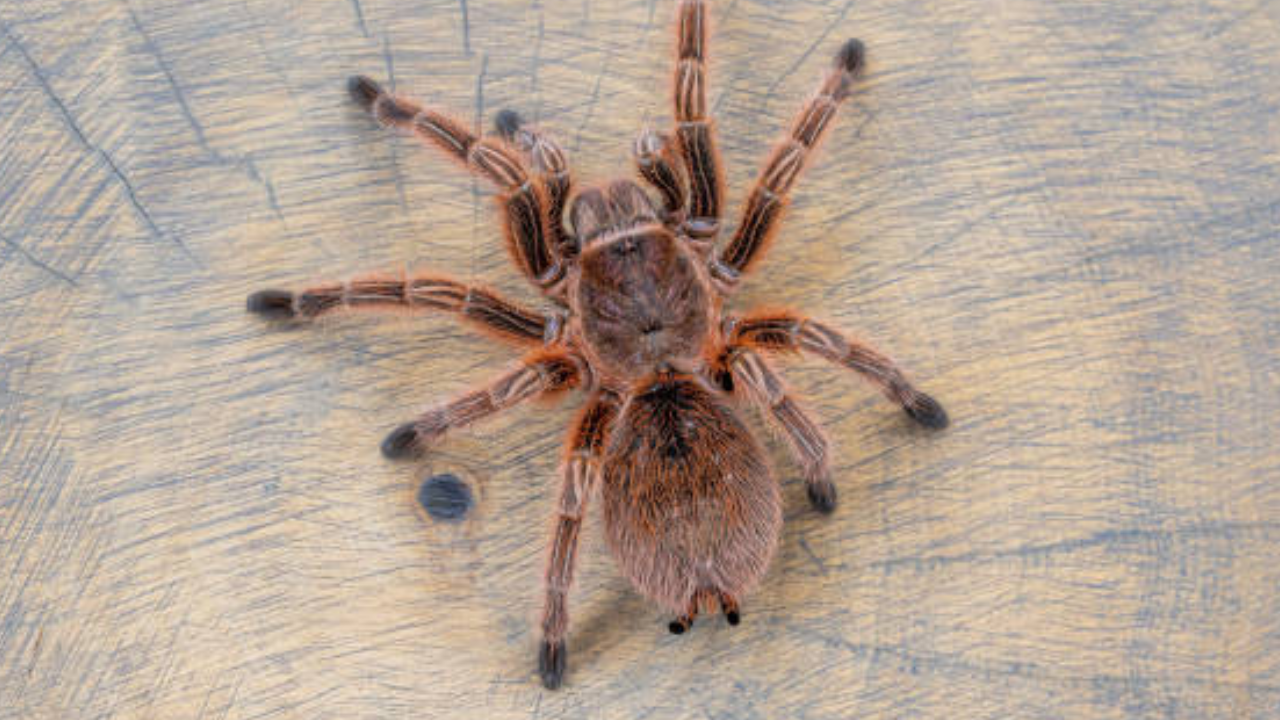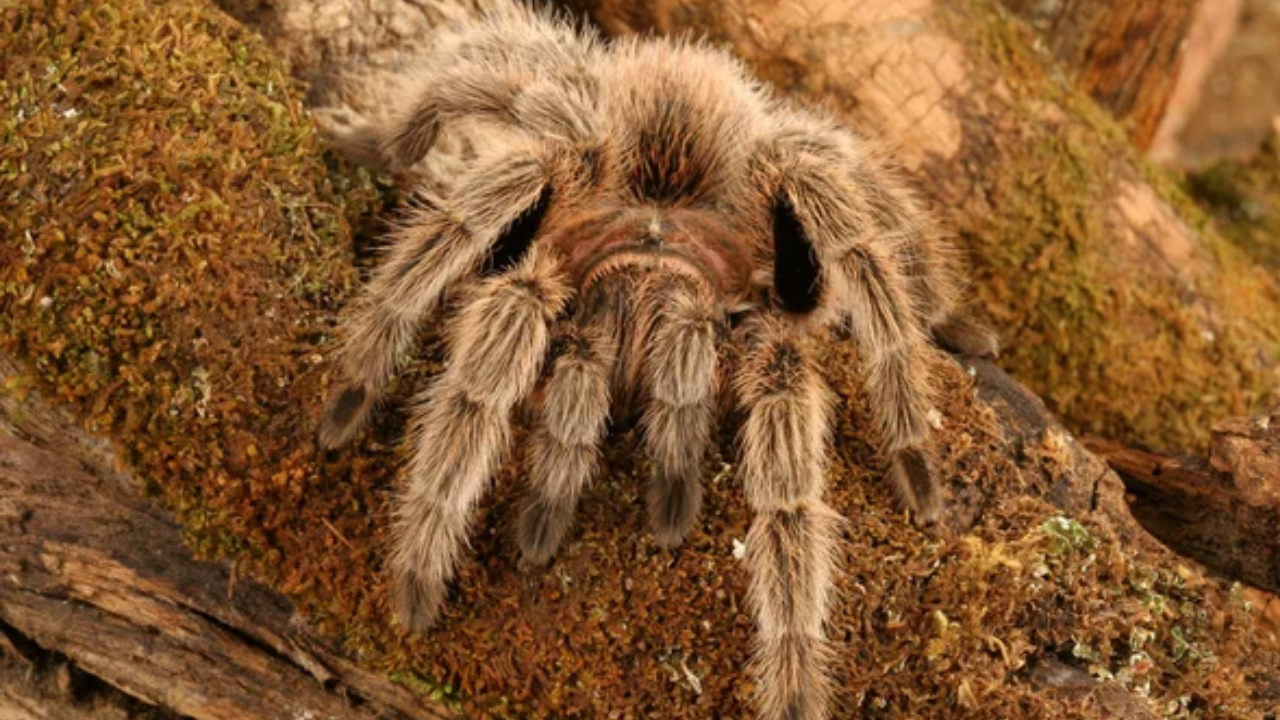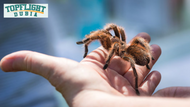Chilean Rose Tarantula: Pet Care Guide by TopFlight Dubia
Posted by TopFlight Dubia on Apr 4th 2024
If you're curious about bringing home a Chilean rose tarantula but aren’t sure where to begin, you are in the right place.
This rose hair tarantula care guide is designed specifically for new and potential tarantula owners who are considering this calm and fascinating species as their next pet.
Here, we will cover everything you need to know, from basic behavior to habitat setup.
By the time you finish reading, you will understand not just how to care for a Chilean rose tarantula but also why they make such great beginner-friendly pets.
Species Overview

|
Common Name |
Rose hair tarantula |
|
Scientific Name |
Grammostola rosea |
|
Size |
Medium-sized terrestrial tarantula with females averaging a leg span of 5 inches and males closer to 3.5 inches. |
|
Lifespan |
Females can live up to 20 years in captivity, longer than the males. |
|
Natural Habitat |
Native to Chile, Bolivia, and Argentina in scrub and desert habitats. |
What is the Personality of a Chilean Rose Tarantula?
1. They are Calm and Docile in Nature
These tarantulas are quiet, slow-moving, and friendly in nature. They are also easy to handle and care for.
2. These Tarantulas Defend Themselves if They Feel Threatened
They also usually give warning signs before resorting to a bite. If irritated, they often raise their front legs to show off their fangs.
What Do Rose Hair Tarantulas Eat?
These tarantulas are carnivores that primarily feed on live insects. Common feeder prey includes:
- Crickets
- Dubia Roaches
- Mealworms
- Flour Beetles
- Fruit Flies
Molting
Motling is a natural process where tarantulas sheds its old exoskeleton to grow. It is important because it helps the tarantula to grow, heal injuries, and replace damaged or lost limbs.
Here is the breakdown of the process:
- When it is time for molting, your tarantula will:
- Stop eating
- Become less active
- Might lie on its back.
NOTE: This all can look scary, but it is normal.
- During the molting, the tarantula slowly pushes out of its old skin, This can take lots of hours.
- After molting, the new exoskeleton is soft and the tarantula is very fragile. It generally takes a few days to harden. Make sure the tarantula is not disturbed or offered food during this time.
How to Set Up a Rose Hair Tarantula Enclosure
Rose Hair Tarantula’s Enclosure Setup
Use a 16x11x5.5-inch plastic Tupperware container. Generally tarantulas don’t need huge enclosures. Also, make sure to add ventilation holes with mesh for good airflow.
Substrate and Setup
- Line the bottom with paper towels or newspaper for easy cleaning. You can also use coconut fiber for substrate that is about 1.5 to 2 inches deep.
- Add a rock and a fake flower for decor and hiding spots.
- Keep a water dish to keep the tarantula hydrated.
Conclusion

Chilean rose tarantulas are one of the popular pets due to their calm and gentle nature. If you are looking to keep them as pets, then you should provide them with proper care. Provide the right enclosure and feed them nutritious live feeding insects such as Dubia roaches, crickets, and many more.

